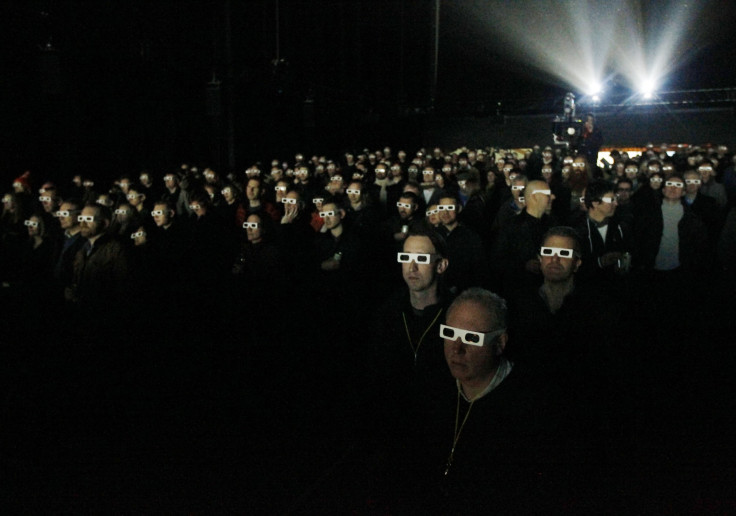Amazon Smartphone: 3D Retina Technology Could Revolutionize Cell Phone Display Screens

When rumors began to circulate in recent weeks that the June 18 Amazon event would in fact be a launch party unveiling the e-commerce company’s new 3D smartphone, the tech world responded with a collective shrug. Hollywood has spent decades working to convince TV and movie audiences that 3D is a thing of the future, if only people were willing to wear a pair of plastic blue-and-red glasses.
Developers and film veterans wondered out loud why the future-focused Amazon, which has teased drone delivery and sparred with struggling book publishers, would try to go down the same path along which so many others have failed. But a 3D phone might actually be crazy enough to work and possibly be successful enough to change consumer expectations about new products.
Dr. Barry Sandrew – a technology patent owner and the founder, CTO and CCO of Legend3D, which converts 2D video into 3D format – said a smartphone, if developed the right way, could be the perfect entry point for a public ever hungry for a flashy new device.
“I believe that residual stigma attached to 3D came not from bad theatrical 3D conversions but from the consumer electronics industry, which introduced 3D TV too fast and with too much hype,” he said in an email to IBTimes. “Consumers were not ready because there was simply not enough content to make the purchase of a 3D TV worthwhile. In addition, I think it’s clear that the requirement of wearing 3D glasses became a negative issue – due primarily to influence from the media.”
To replicate the success of “Avatar" and avoid the fate of a colossal flop like “Step Up 3D,” Sandrew said Amazon has no choice but to properly utilize autostereo (a concept that essentially boils down to glasses-free 3D viewing). This technology requires customers to “position themselves within a sweet spot in front of the image so that an overlaid sheet of corrugated ridges accurately refract reflected light to the appropriate eye,” Dr. Sandrew explained.
Advertisers have found success with this “sweet spot” when installing a 3D sign into a casino lobby, for instance, where someone approaching a sign would see it as blurry only to stare directly at it and find a bright, imaginative sign. An Amazon 3D phone could find the same success, with customers having little choice but to stare directly at their screen to use it.
“When applied to single user devices like smartphones, tablets and even laptops, the sweet spot limitation is not as much of an issue because the user typically positions their head in front of the display and can move the device backward and forward from their eyes to get an optimized stereo effect,” Dr. Sandrew went on.
As 3D TV developers have learned the hard way, the autostereo challenge could still be insurmountable for larger screens. Designers would need to conceive of some way to replicate that sweet spot for people sitting in different areas while looking at the same screen in a room.
“I’ve seen some decent quality autostereo video and images on smartphones such as the discontinued HTC 3D phone and I’ve seen adequate autostereo on a handful of tablets that are just making their debut in the market,” Sandrew said. “However it’s been clear that the technology has a long way to go before it can be considered a solid consumer product – that is, hopefully, until now.”
© Copyright IBTimes 2024. All rights reserved.





















